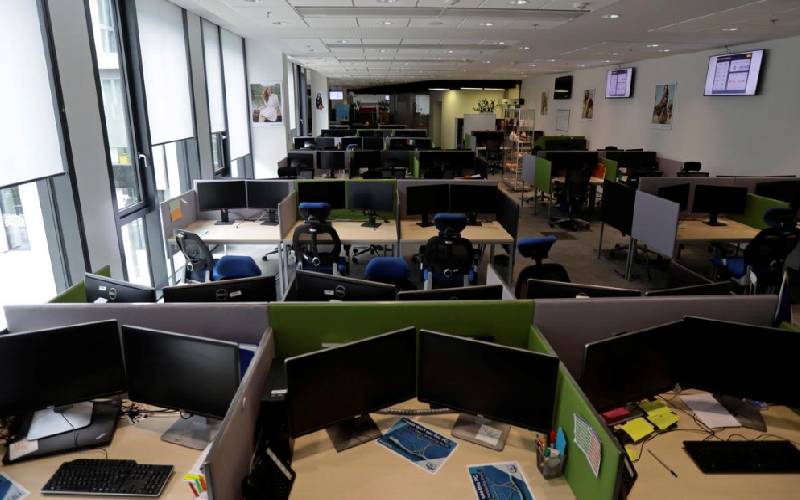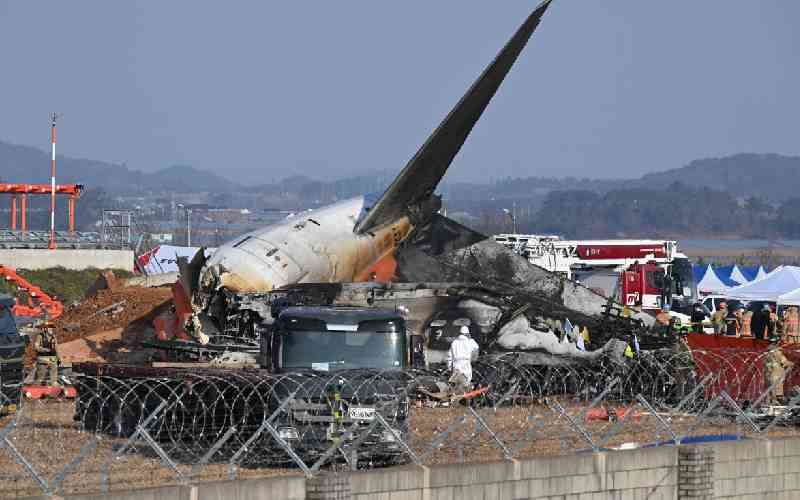
Over the past three months, the Covid-19 pandemic has spread across the world, causing disruption in the lives of millions of people. It has also brought uncertainties around individuals’ ability to meet their day-to-day needs. There are also uncertainties about the sustainability of businesses due to supply chain disruptions, social distancing and reduction in consumer spending.
As companies and employees continue adapting to the new operating environment, governments have been forced to take unprecedented measures to protect citizens, business and economies. The measures from stimulus packages to social safety net programmes are designed to provide relief during containment measures and to facilitate quick recovery in the post-pandemic period.
As a result of Covid-19, the workplace will never be the same. Even the word 'workplace' suddenly sounds strange since the physical location in which we now work has merged with the places in which we eat, sleep, learn, exercise and play.
Within organisations, Covid-19 has been driving significant change in how employees operate with each other, as well as with clients, customers and vendors. Now that companies are shifting past their immediate response to the crisis, we’ve entered into a temporary new normal. However, what will the long-term impacts of our new normal be on the world of work?
Winning organisations will be those that integrate and master digital work, community and collaboration; full digital transformation, supported by a truly virtual workforce. Companies have quickly figured out how to serve their customers and clients remotely.
From telemedicine in hospitals to remote learning for public schools and streaming fitness classes, every industry has accelerated its own digital transformation. As a result, the demand for highly skilled remote workers will continue to increase.
Being the first in the office and the last to leave should no longer be a measure of an employee’s commitment and performance. In a post-Covid-19 world, employees should be measured on what gets done and the value of their work rather than on individual tasks and the time it takes to get work done.
Managers should provide outcome-driven expectations so their employees can deliver on goals successfully. Motivating employees to perform will require modelling and measurement of their output, and being clear on those metrics. Companies must set expectations for what drives organisational priorities and goals, rather than discrete tasks. More than ever before, companies are recognising that working 'eight-to-five' is unsuited to the demands of a modern workforce. Organisational leaders should place greater emphasis on flexibility for people to accomplish their best work.
Now that companies are going virtual, individuals are communicating more efficiently and frequently across a networked environment. To do this well, managers should create opportunities for dialogue by employing numerous channels of communication.
Organisational leaders should recognise exceptional performance and trust their staff, which will help in fostering employee loyalty to the organisation. Leaders who seize this mindset now will be better prepared to engage employees for the long term, regardless of the external environment.
Growing expectation
As we embrace the age of remote work, laptops, smartphones, messaging apps and wi-fi everywhere mean that most office workers can do their jobs from anywhere. Added to this is a growing expectation among employees that they should be able to do their job wherever they consider appropriate.
It is also important to remember that even as we usher in a more flexible era of work, the office will continue to be the place where employees can do their work well. Therefore, inculcating a workplace experience that fosters community, collaboration and the serendipitous encounters that lead to innovation should continue.
Ideally, remote work complements this elevated workplace experience.
Stay informed. Subscribe to our newsletter
The key is to create a Work from Home Policy that sets the right expectations and creates channels and infrastructure that not only support working from home, but that mitigate the many pitfalls that spring up when employees work out of the office.
With the right preparation and communication, employees feel as happy, connected and productive at home as they do in the office.
- The writer is a researcher with ACAL Covid-19 Thinktank
 The Standard Group Plc is a
multi-media organization with investments in media platforms spanning newspaper
print operations, television, radio broadcasting, digital and online services. The
Standard Group is recognized as a leading multi-media house in Kenya with a key
influence in matters of national and international interest.
The Standard Group Plc is a
multi-media organization with investments in media platforms spanning newspaper
print operations, television, radio broadcasting, digital and online services. The
Standard Group is recognized as a leading multi-media house in Kenya with a key
influence in matters of national and international interest.
 The Standard Group Plc is a
multi-media organization with investments in media platforms spanning newspaper
print operations, television, radio broadcasting, digital and online services. The
Standard Group is recognized as a leading multi-media house in Kenya with a key
influence in matters of national and international interest.
The Standard Group Plc is a
multi-media organization with investments in media platforms spanning newspaper
print operations, television, radio broadcasting, digital and online services. The
Standard Group is recognized as a leading multi-media house in Kenya with a key
influence in matters of national and international interest.









